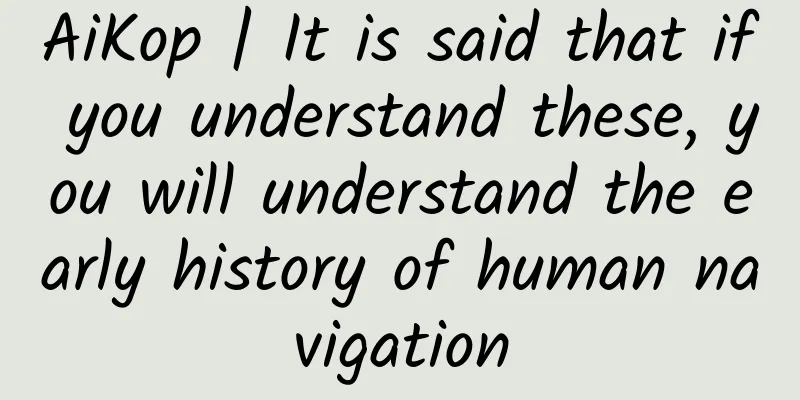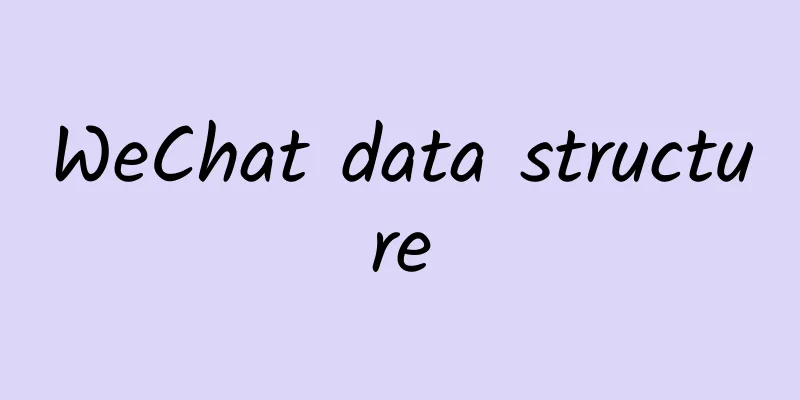How do archaeologists decipher the "wordless book" in a tomb that has been sleeping for 3,000 years?

|
In 1976, a highland in Xiaotun Village, Anyang, Henan Province, became a key area for archaeological exploration. The archaeological team conducted a detailed exploration here. When the excavation reached a depth of more than 5 meters, a thick layer of artificial rammed earth came into view. At first, everyone thought it was just the site of an ancient house. Just when they were about to give up the exploration, the team leader Zheng Zhenxiang firmly believed that there might be other relics below. With her persistence, the archaeological team continued to dig deeper. After draining the groundwater that appeared more than 6 meters deep, the excavation work was able to continue. When the excavation reached a depth of more than 8 meters, a staff member's shovel suddenly fell down more than 70 centimeters. This abnormal phenomenon made everyone excited. With experience, they judged that there was most likely a tomb below. Sure enough, as the excavation work continued, a layer of bright red appeared in front of them. Since there is no red soil in Henan, this is most likely cinnabar, which symbolizes human relics. In this way, a Yin and Shang tomb that had been sleeping for more than 3,000 years, the Tomb of Fu Hao, finally saw the light of day again. In the field of archaeology, soil is like a book without words. It seems ordinary, but it actually contains countless historical codes. Soil analysis occupies a pivotal position in archaeological work and is a powerful tool for archaeologists to explore ancient civilizations. Through in-depth research on soil, archaeologists can obtain a lot of key information, and determining the location of ancient tombs is one of its important applications. The soil characteristics around tombs of different periods and types often vary significantly. Even the burial mounds of ancient tombs and the backfill soil of tomb pits are completely different from the surrounding natural soil in terms of color, rammed layer structure, water content and humidity. Experienced archaeologists and "soil masters" can identify the existence of ancient tombs to a certain extent based on these soil characteristics. In addition to determining the location of the ancient tomb, soil analysis can also help archaeologists infer the age of cultural relics. The chemical elements, microbial communities, and pH in the soil will change slowly over time. By accurately analyzing these changes and combining them with other archaeological evidence, archaeologists can roughly determine the age range of the cultural relics. In addition, the soil may also preserve microscopic substances such as pollen, spores, and phytoliths of ancient plants. These microscopic substances are like "messengers" of the ancient ecological environment, providing archaeologists with important information about ancient climate, ancient vegetation, and ancient topography. For example, by analyzing the types and quantities of pollen in the soil, we can understand the type and distribution of vegetation at the time, and then infer whether the climate conditions at the time were warm and humid or cold and dry. Soil analysis not only helps us understand the living environment of ancient humans, but also reveals the economic activities and agricultural practices of ancient society. For example, by analyzing fertilizer residues and farming traces in the soil, archaeologists can infer the level of development of ancient agricultural technology and the planting conditions of crops. It can be said that soil is an indispensable and valuable clue for reconstructing the economic structure and lifestyle of ancient society. In summary, soil analysis is widely used in archaeology. It not only helps us discover many important ancient tombs and cultural relics, but also provides us with rich historical information. Through in-depth exploration of soil, the secrets of the development and evolution of ancient civilizations buried by time will be revealed one by one. Soil, this wordless book, is waiting for us to interpret in depth. Important tips: 1. The importance of soil analysis in archaeology: Soil is like a wordless book, and soil analysis is a powerful assistant for archaeologists to explore ancient civilizations. 2. Determine the location of ancient tombs: The soil characteristics around tombs of different periods and types are different. The burial mounds and backfill soil are different from the natural soil, which can be used to identify ancient tombs. 3. Infer the age of cultural relics: The chemical elements, microbial communities, pH value, etc. in the soil change over time, and the age of cultural relics can be inferred in combination with other evidence. 4. Understand ancient ecology: Microscopic substances in the soil can provide information on ancient climate, ancient vegetation and ancient topography. 5. Revealing ancient social economy and agriculture: Analyzing soil fertilizer residues and traces of farming can infer ancient agricultural technology and crop planting conditions. 6. Conclusion: Soil analysis has a wide range of applications and can reveal the secrets of ancient civilizations, which needs to be further interpreted. Source: Chongqing Science Writers Association Author: Zou Qinjia, Class 1, Cultural and Historical Studies, Grade 2021, Hebei Oriental University Audit expert: Li Hanbin Statement: Except for original content and special notes, some pictures are from the Internet. They are not for commercial purposes and are only used as popular science materials. The copyright belongs to the original authors. If there is any infringement, please contact us to delete them. |
>>: Is it reliable to use hot water to scald tableware?
Recommend
How does the biological clock work? Does it also have gears and pointers?
Science Fiction Network, April 7th. We all have a...
Be determined not to be a “lone swimmer”, please remember this knowledge!
The weather is hot in summer How to avoid drownin...
Electric Technology Car News: In the era of domestic SUVs, who can make a hit?
Faced with the general trend of the market, Peuge...
Juniper Research: Research shows that highly intelligent robots are more popular with consumers
According to data from Juniper Research, a Britis...
User surveys are essential skills for operations, with two forms and five methods
A newbie who has no basic knowledge and switches ...
Chewy Nougat: Full hands-on experience with Android 7.0!
Google started rolling out Android 7.0 Nougat yest...
Humanoid robots will run a half marathon with humans
On March 4, at a press conference held by the Bei...
From Huawei to Gionee, why are domestic high-end phones always embarrassing?
According to Taiwan Economic Daily, the world'...
Apollo's driverless bus will go into mass production next month. Can Baidu's Apollo do the same?
On May 24, Robin Li announced that Apollo, the dr...
Liu Junzu's Introduction to the I Ching and Divination and Interpretation [Audio] Course Baidu Cloud Download
Liu Junzu's Introduction to the I Ching and D...
Short video information flow picture material optimization case
In recent years, disputes in the short video indu...
The most effective user growth methodology!
Isn’t the value of the product what makes users b...
People who talk about the impact of Trump's "election" on the auto industry
Since the US presidential election began on Novem...
What's the matter with the "mysterious patterns" on the back of the chair? Is there a bug in the world?
What's the matter with the "mysterious p...
Apple Watch Sport disassembly: Component cost is 500 RMB
Market research firm IHS iSuppli released a disas...









